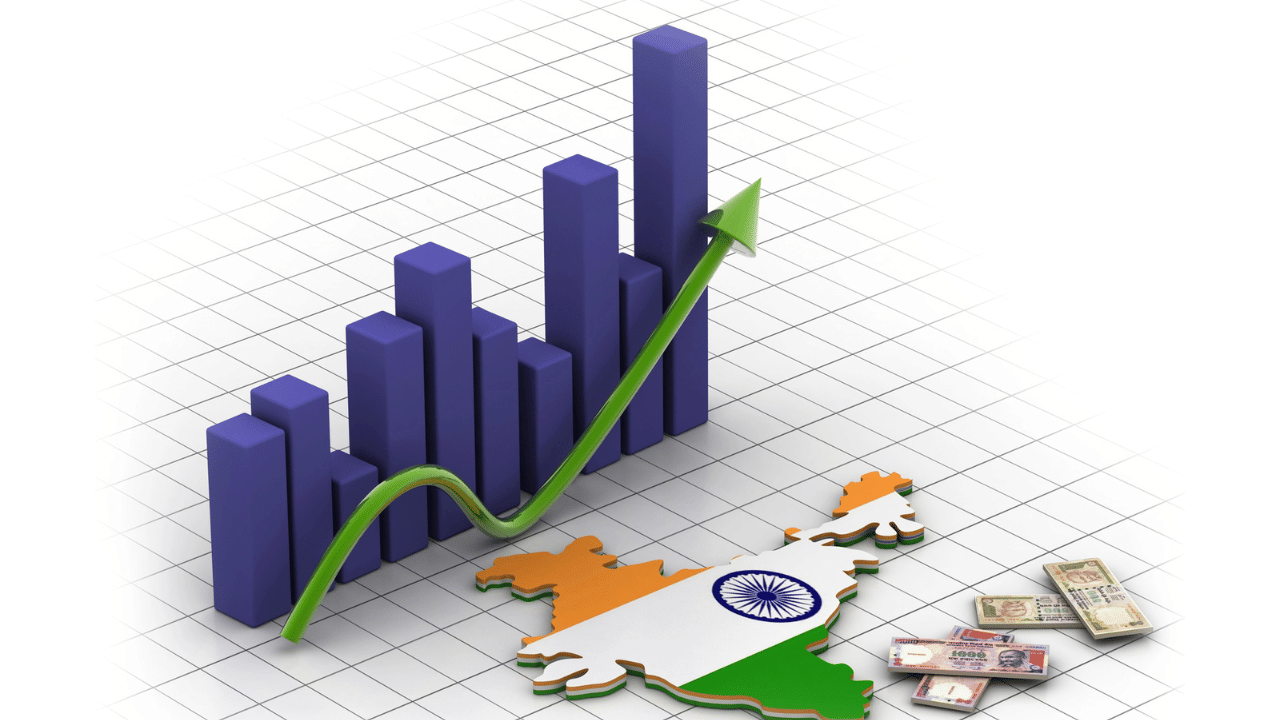New Delhi: The Department of Economic Affairs of Ministry of Finance on Thursday released its monthly economic review for the month of October, providing a detailed view of the Union’s finances, revenue performance and total expenditures.
The report mentioned that the Gross tax revenue increased by a modest 2.8 per cent YoY, reflecting the impact of recent rationalisation of income tax slabs and GST rates.
It further stated that due to the higher tax devolution to states led to a slight decline in the Centre’s net tax revenue. “This was, however, more than offset by a strong 30.5 per cent YoY increase in non-tax revenues, resulting in higher net revenue receipts for the Centre, which reached 49.6 per cent of the udget Estimates by the end of H1 FY26. There was a substantial 138 per cent YoY increase in non-debt capital receipts,” the Finance Ministry report stated.
Fiscal Consolidation: Managing Deficit & Government Expenditure in FY26
Revenue expenditure increased by only 1.5 per cent, compared to a 10 per cent growth in FY24, reflecting a continued commitment to fiscal consolidation. Total expenditure as a share of Budget Estimates is broadly in line with the performance observed during the same period in the past two years.
Overall, prudent expenditure management, improved quality of spending, and steady revenues have kept the deficit indicators comfortably positioned by the end of H1 FY26. Revenue deficit has hit only 5.2 per cent of the estimated figures while fiscal deficit is at 36.5 per cent of the estimated deficit for FY 26 as at the end of H1. Primary surplus has narrowed. This solid foundation, reinforced by tax rationalisation measures and sustained capital expenditure, helps strengthen market confidence and support robust economic activity in the second half of the year
Revenue expenditure outpacing revenue receipts has resulted in revenue deficit overshooting the budgetary estimates at the end of H1. The fiscal deficit remains contained at levels comparable to those of the previous two years.
The overall macroeconomic environment remains stable, supported by easing inflation, resilient domestic demand, and continued policy momentum. The favourable impact of GST rationalisation is increasingly visible in consumption indicators, while robust agricultural activity—reflected in the strong onset of Rabi sowing and adequate reservoir levels—has reinforced the outlook for food supply and rural incomes. Corporate performance remains healthy, with sustained profitability and stable balance sheets. Domestic financial markets continue to draw strength from firm institutional participation. Meanwhile, the external sector remains shaped by a complex global environment, although the persistent strength in services exports provides an important counterbalance to the volatility in merchandise trade.
